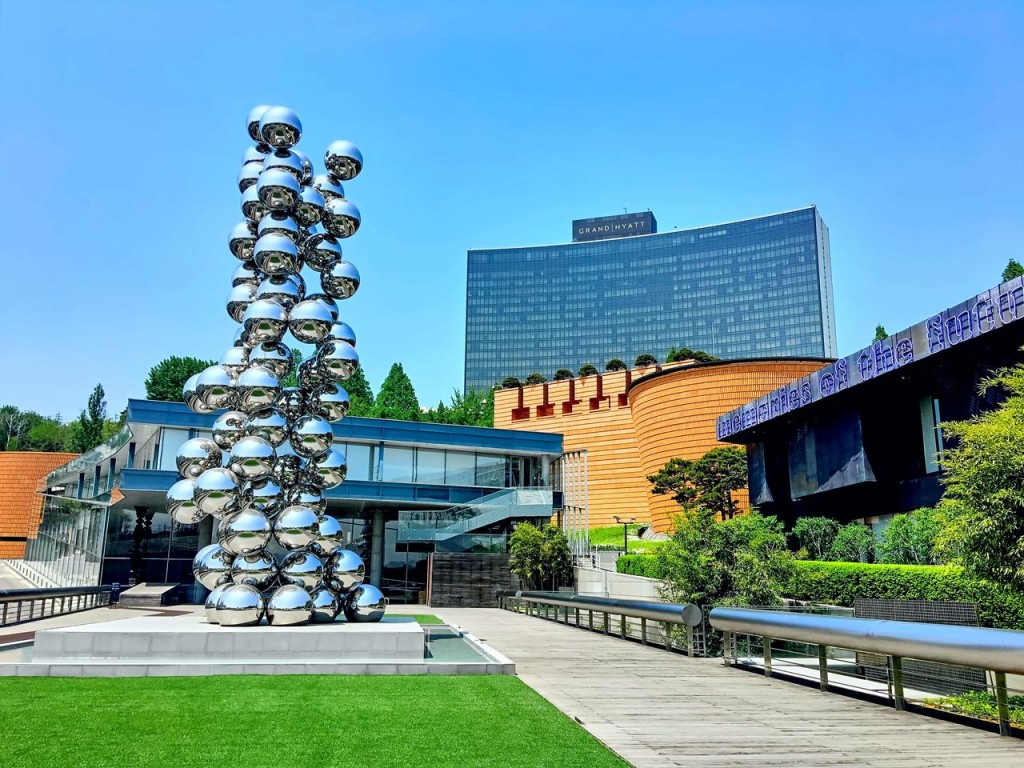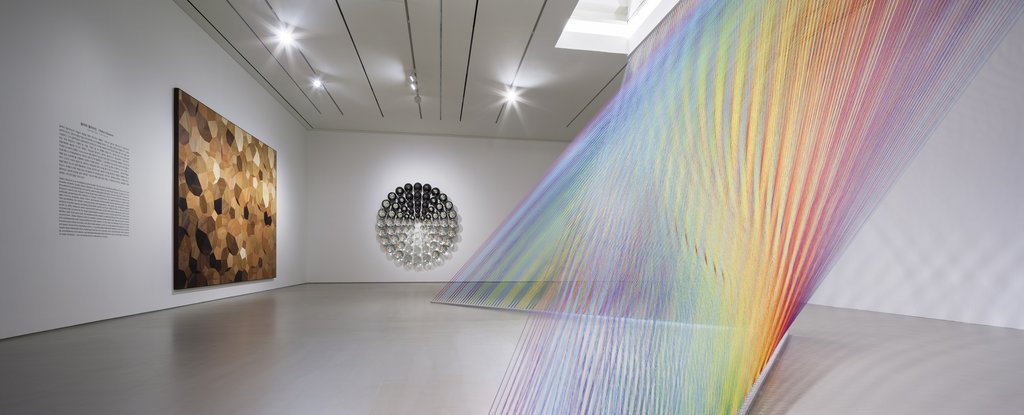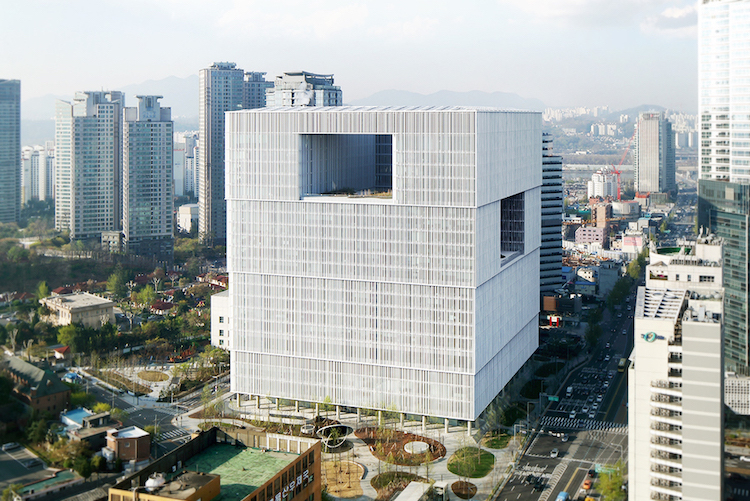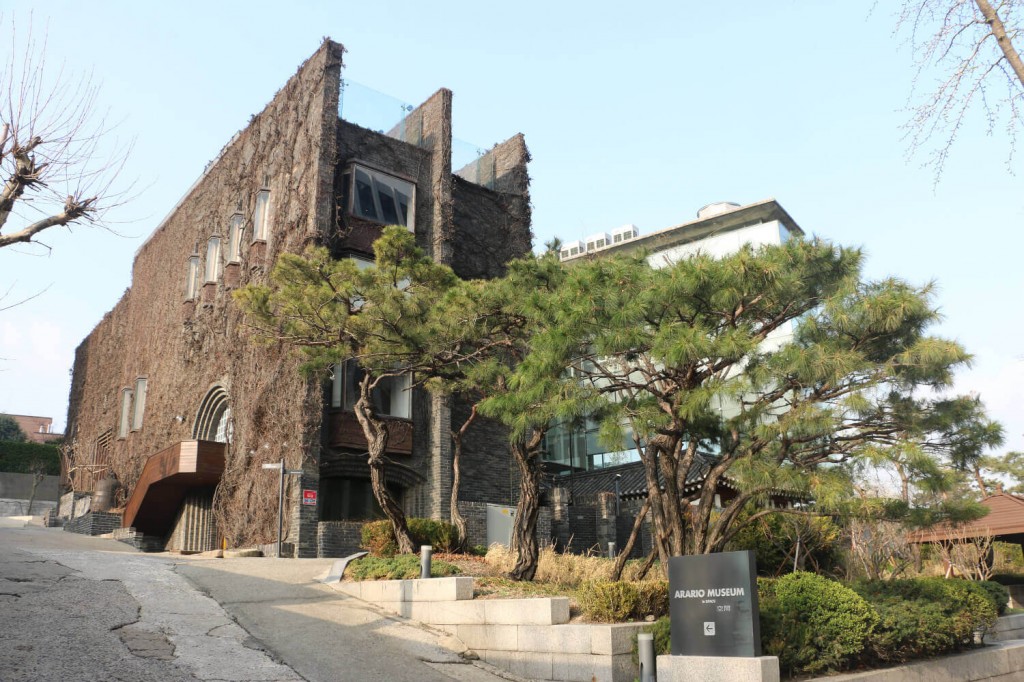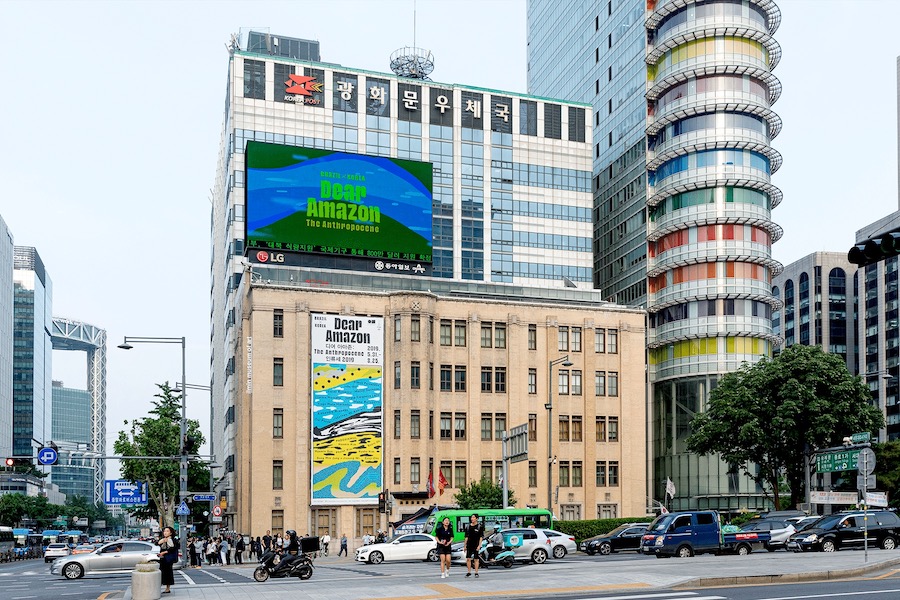As the Korean pop culture is taking over the world under a phenomenon called the Korean Wave or “hallyu” in Korean, besides drama series, award-winning film, K-pop bands and popular Korean cuisine, South Korea also has a lot to offer in modern and contemporary art. According to the second edition of PRIVATE ART MUSEUM REPORT published by LARRY’S LIST in June 2023 (read the full report here), the number of private art museums in South Korean has rapidly increased in recent years, powered by a strong local art collector scene. Moreover, Seoul is the city with the highest number of private contemporary art museums worldwide, while South Korea ranks third among countries.
Here are nine private art museums any art enthusiast should check out when visiting this Asian hub of private museums next time.
Leeum Museum of Art, Seoul
@leeummuseumofart
Opened in 2004, Leeum, Samsung Museum Of Art focuses on traditional and modern works of art by artists from Korea and from around the world and is one of the most esteemed museums in Korea. The whole museum collection comprises more than 15,000 works of art. The part of the museum that features over 80 works of modern and contemporary art by Korean and international artists is designed by Jean Nouvel. Many famous artists such as Damien Hirst, Warhol, Rothko, Yves Klein , and Donald Judd have permanent exhibition spaces.
Paradise Art Space, Incheon
@pcitykorea
Paradise Art Space, where signature artworks by Jeff Koons and Damien Hirst are on permanent display, provides permanent and special exhibitions of Korean and international artists. There are special art exhibitions that spans over various themes in fine art, architecture, design, fashion, media and many other contemporary artistic values.
Amorepacific Museum of Art (APMA), Seoul
@amorepacificmuseum
The Amorepacific Museum of Art (APMA) originated from founder Suh Sung-whan’s private collection and was established in 1979 as the Pacific Museum. Renamed in 2009, it showcases traditional and contemporary art through exhibitions, research, and publications. In 2018, APMA relocated to the new Amorepacific headquarters in Seoul’s Yongsan district, providing spaces for artistic and human connection. The museum encompasses galleries in the basement, an Atrium spanning three floors, and features like the lobby, museum shop, ‘APMA Cabinet’ exhibition space, and ‘apLAP’ exhibition catalogue library on the first floor, fostering community engagement through cultural initiatives.
Arario Museum, Seoul and Jeju
@arariomuseum
First constructed by the famous Korean architect, Kim Swoo-Geun, in 1971, Arario Museum is a hub for modern art. The museum’s founder, Chang-il Kim, is the chairman of the Arario Corporation, a famous artist, collector, and visionary. His goal in establishing the museum was to promote contemporary artists, creating a platform for them to express themselves. The museum values simplicity and soul within its philosophy. Simplicity has become an important reference point for determining the way the museum operates, not just the design of the museum and the interior of the museum.
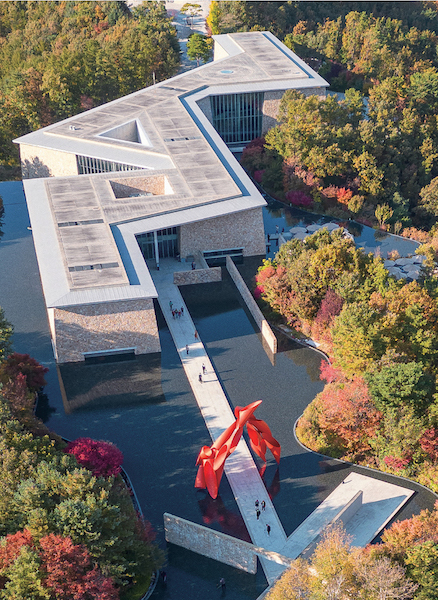
Museum SAN, Gangwon
@museumsan_official
The Museum SAN (Space Art Nature) in Oak Valley, South Korea, was designed by Tadao Ando and is administered by the Hansol Cultural Foundation. It showcases the interaction between art and nature, with a welcome center, flower garden, water garden, meditation hall, stone garden, main building, and James Turrell exhibition hall. Opened in 2013, the museum’s minimalist concrete architecture harmonizes with the surrounding natural environment. The Main Building’s winged structure represents the connection between sky, earth, and humanity. The museum offers visitors a tranquil retreat, promoting rest, relaxation, and a connection to art and nature.
Ilmin Museum of Art, Seoul
@ilminmuseumofart
The Ilmin Museum of Art, situated in Seoul’s Gwanghwamun Square, is a prominent contemporary art institution. Since 1996, it has hosted diverse exhibitions, interpreting current art trends and garnering global attention. With three exhibition halls, lecture facilities, and documentary archives, the museum explores national and international contemporary visual culture. Through exhibitions, lectures, and screenings, it fosters dynamic discussions on aesthetic values. As a progressive cultural producer, it engages the public, serving as a platform to explore society and culture at the forefront.
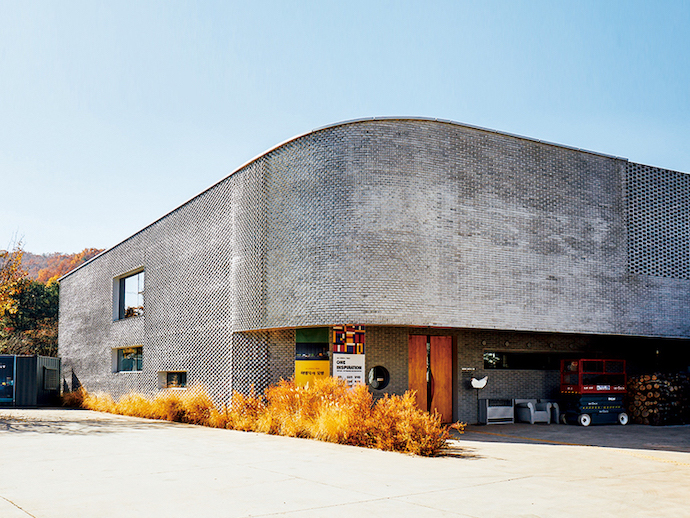
Koo House Museum of Art & Design Collection, Gyeonggi
@koohouse_museum
The Koo House is an art and design museum featuring Director Jeong Sun Koo’s 30-year collection. With a home-like concept, each exhibition room is themed as a nursery, study room, living room, bedroom, etc., creating a harmonious blend of artworks and furniture. The spacious two-story building occupies a 1,400 square meter lot and houses 10 exhibition rooms. Architect Min Seok Cho designed the house, which showcases Director Koo’s valuable collection, including works by renowned artists like Damien Hirst, Jeff Koons, William Kentridge, Gao Lei, and Do Ho Suh.
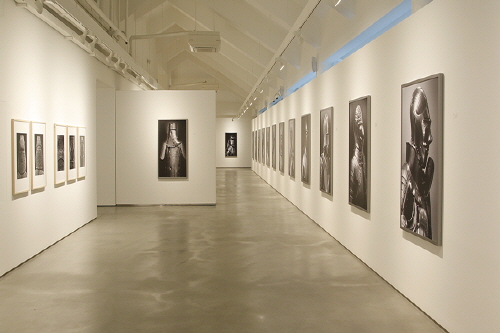
Goeun Museum of Photography, Busan
@goeun_museum_of_photography
The Goeun Museum of Photography and Goeun Contemporary Photo Museum, established and operated by the Goeun Foundation, are located in Haeundae, Busan. These photography museums are the first of their kind outside of Seoul and aim to provide cultural opportunities by showcasing significant works from Korean and international artists. The museums focus on building photography archives, organizing high-quality exhibitions, and supporting emerging artists. The Goeun Museum of Photography offers an exhibition room on the 2nd floor, while the Goeun Contemporary Photo Museum features three exhibition spaces dedicated to contemporary photography.
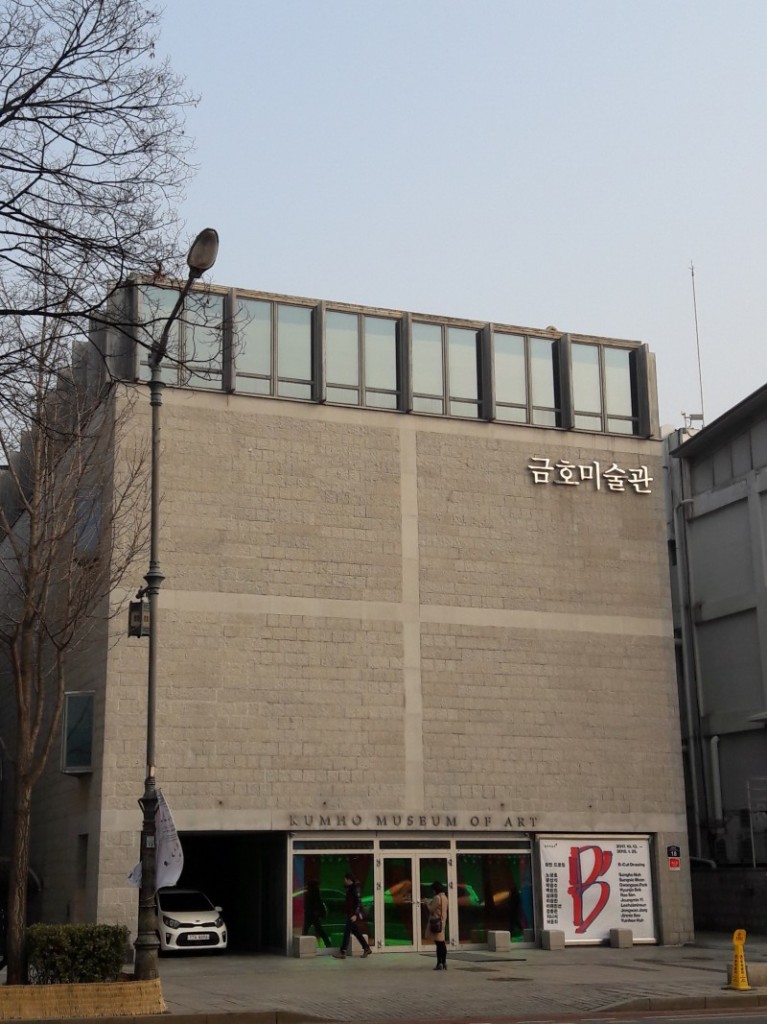
Kumho Museum of Art, Seoul
@kumhomuseumofart
The Kumho Museum of Art, formerly known as the Kumho Gallery, opened in Gwanhun-dong, Seoul in 1989. It later relocated to a larger facility in Sagan-dong in 1996. The museum aims to promote Korean art culture by exhibiting works from both emerging and established artists. Located near Gyeongbokgung Palace, it is surrounded by other cultural and folk museums. The museum features a B1 floor showcasing new artists, while the 1st and 2nd floors host project and invitation exhibitions. The 3rd floor houses the intimate Kumho Recital Hall, and on the 1st floor, visitors can enjoy a coffee shop and an art shop, even on days when the museum is closed.
Download a free digital copy of PRIVATE ART MUSEUM REPORT 2023 here, available until 30 June 2023.





